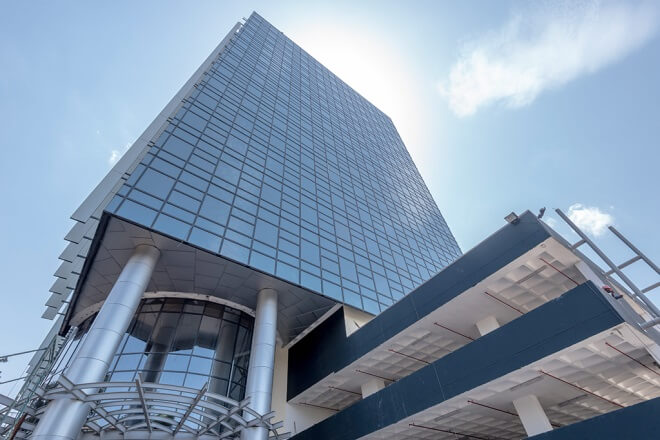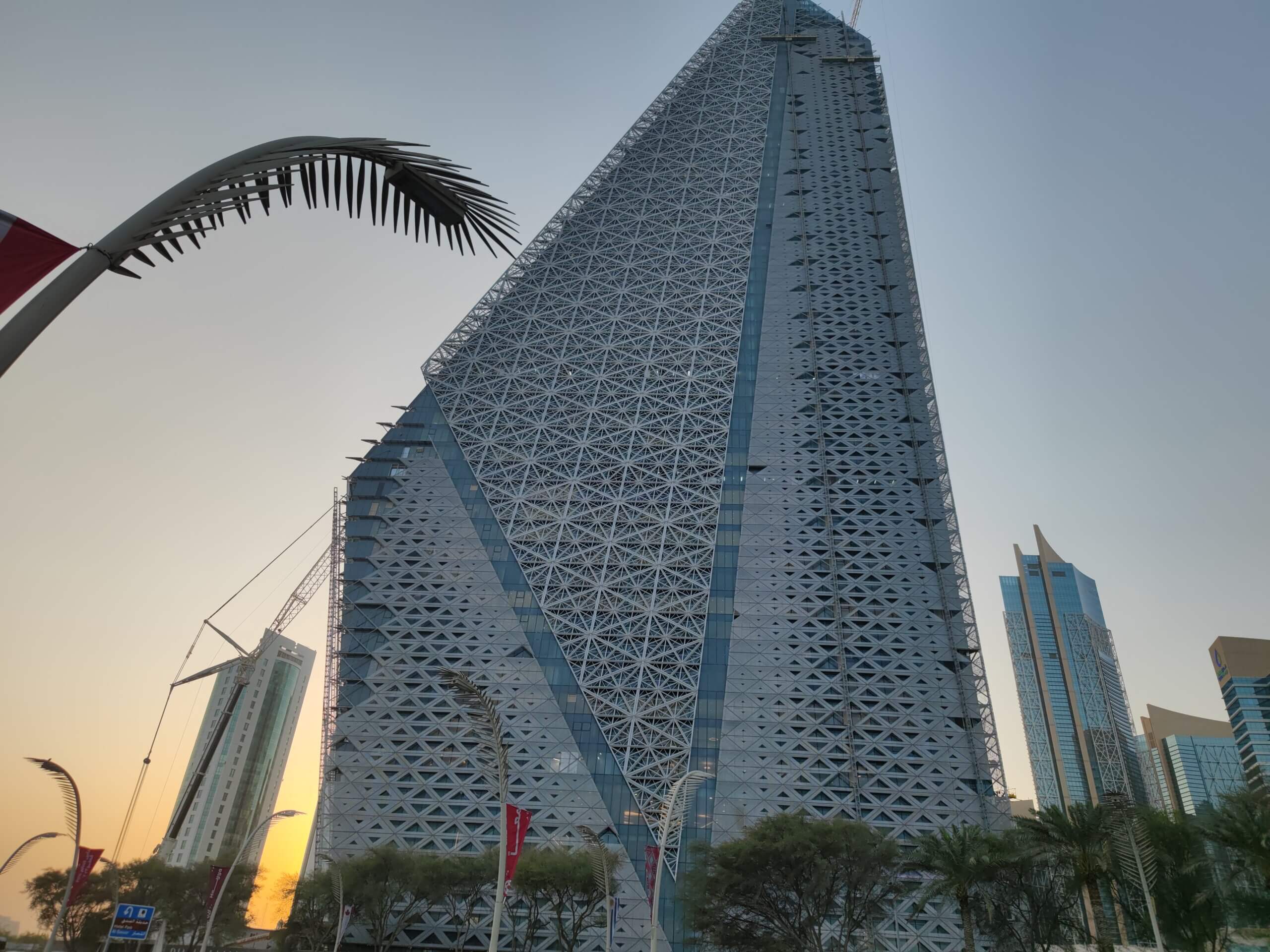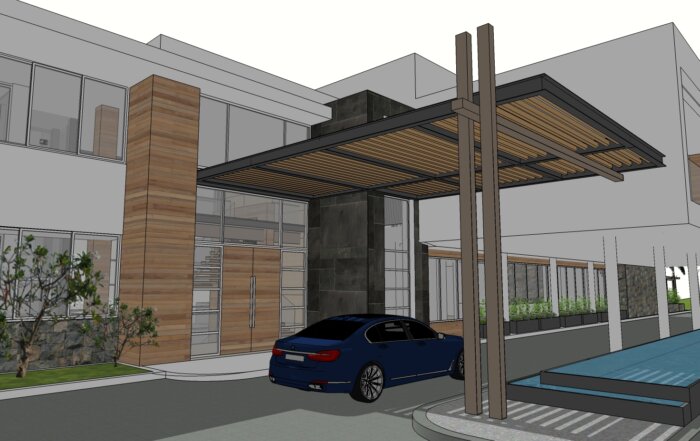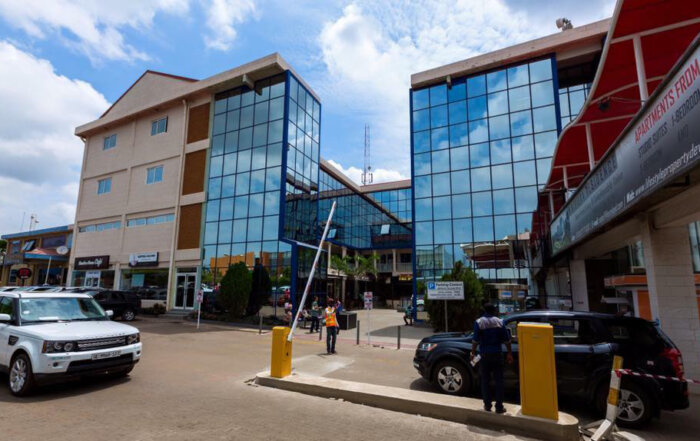Cooperation Factories

A curtain wall is an exterior cladding system for buildings, comprising non-structural elements typically made of aluminum frames filled with glass or lightweight panels. It spans multiple floors, transferring wind and dead loads to the building’s structure. Curtain walls offer a modern aesthetic, allowing natural light and are common in commercial and institutional buildings. They provide design flexibility, energy efficiency, and cost-effectiveness compared to traditional masonry. Proper detailing of joints, connections, and weatherproofing is essential for optimal performance.
What is the difference between curtain wall and window wall?
A curtain wall acts as a lightweight exterior cladding system, efficiently distributing wind and dead loads across multiple floors to the building’s structural frame. Typically comprising aluminum frames filled with glass or panels, it offers design flexibility and creates a sleek, modern facade. In contrast, a window wall is a continuous glazed system supported by floor slabs, lacking vertical span across multiple floors. Curtain walls excel in high-rise and commercial settings, providing seamless glass facades, while window walls are common in low-rise residential or office buildings.
What is a curtain walling system?
Curtain walls are a crucial part of many buildings, offering a sleek and modern look while also providing practical benefits. Here’s how they’re commonly used:
- Commercial and office buildings: You’ll often see curtain walls in tall office buildings and corporate headquarters. They not only give these structures a contemporary appearance but also let in plenty of natural light, creating a pleasant work environment.
- Institutional buildings: Places like universities and hospitals also make use of curtain walls. They add to the aesthetic appeal of these buildings and help with energy efficiency by maximizing the use of natural light.
- Airports and transportation hubs: In large spaces like airports, curtain walls are a popular choice. They can be designed to let in lots of light, which is especially important in areas like terminals where people spend a lot of time.
4. Residential buildings: While less common, curtain walls can also be found in upscale residential buildings. They provide residents with great views and give the building a unique architectural style.
5. Shopping malls and retail spaces: Curtain walls are often used in malls and retail centers to create an open and inviting atmosphere. The natural light they let in can enhance the shopping experience.
Overall, curtain walls are valued for their ability to make buildings look attractive, maximize natural light, and offer flexibility in design. They’re a practical and cost-effective choice for many construction projects.
Introduction to the four types of curtain walls
Project introduction
Redefining Urban Living: SUNFRAME’s Innovative Curtain Wall Solution for LESSO Home in New York City
Burj Al Mana Tower's Glass Curtain Wall We have the best instructors Situated in the vibrant metropolis of New York City, LESSO Home stands as a beacon [...]
Showcasing Excellence: SUNFRAME’s Unit Curtain Wall Solution for HUME Show Room in Sydney, Australia
Burj Al Mana Tower's Glass Curtain Wall We have the best instructors Located at 30-32 Pine Road, Yennora, Sydney, Australia, the HUME Show Room is a testament [...]
Luxurious Living: SUNFRAME’s Architectural Solutions for CMT Villa in Phoenix, Mauritius
Burj Al Mana Tower's Glass Curtain Wall We have the best instructors Nestled in the idyllic setting of Phoenix, Mauritius, CMT Villa stands as a testament to [...]
Tranquil Luxury: SUNFRAME’s Aluminum Windows Enhance IKA Hotel in Angola
Burj Al Mana Tower's Glass Curtain Wall We have the best instructors Nestled in the vibrant city of Luanda, Angola, IKA Hotel exudes tranquility and sophistication. SUNFRAME, [...]
Modern Elegance: SUNFRAME’s Aluminum Windows Transform Port Harcourt Mall ( Cloned )
Burj Al Mana Tower's Glass Curtain Wall We have the best instructors In the bustling cityscape of Accra, Ghana, AC MALL stands as a beacon of contemporary [...]
Modern Elegance: SUNFRAME’s Aluminum Windows Transform Port Harcourt Mall
Burj Al Mana Tower's Glass Curtain Wall We have the best instructors In the vibrant cityscape of Kigali, Rwanda, Kigali Independent College emerges as a beacon of [...]





























